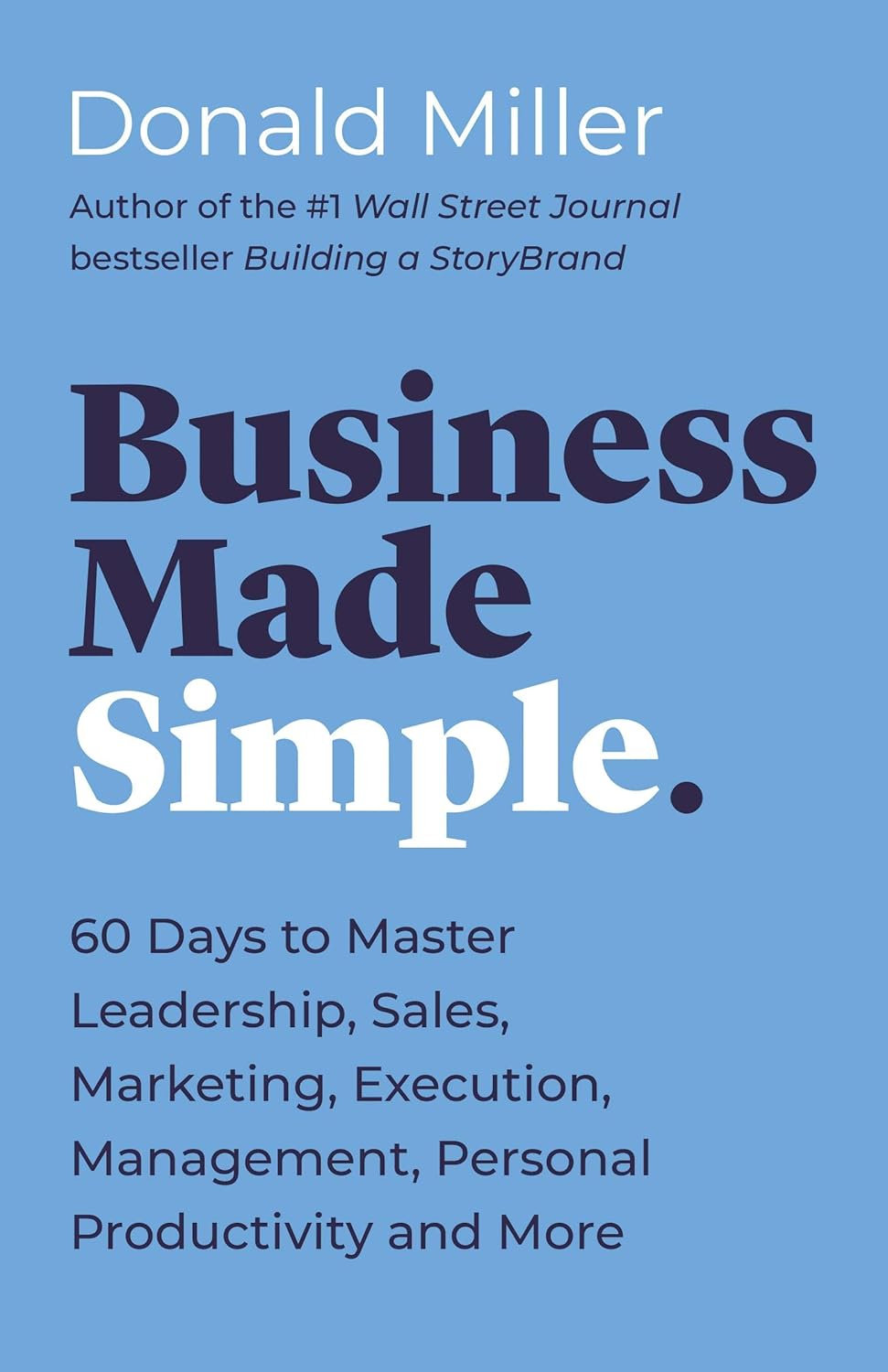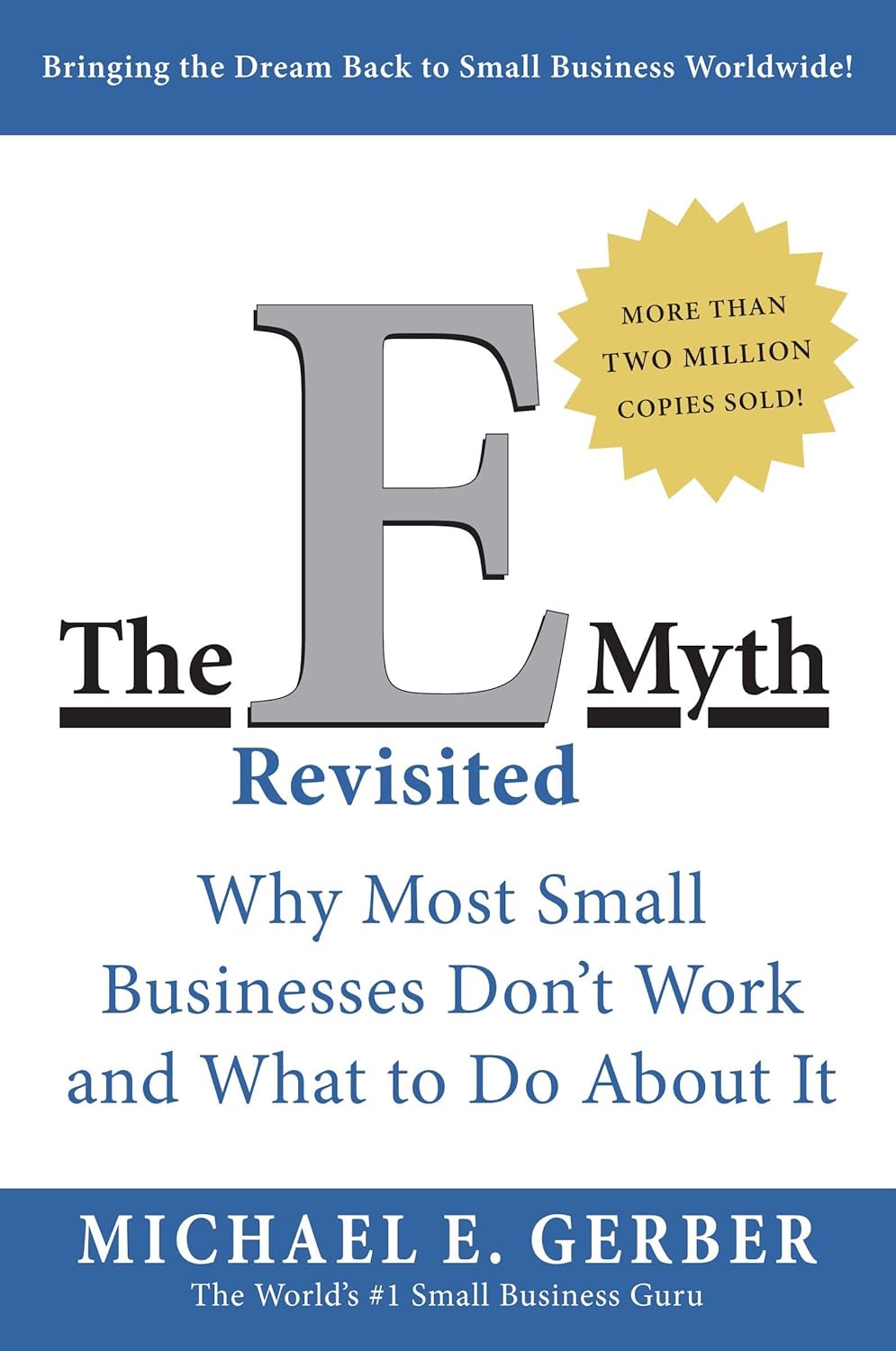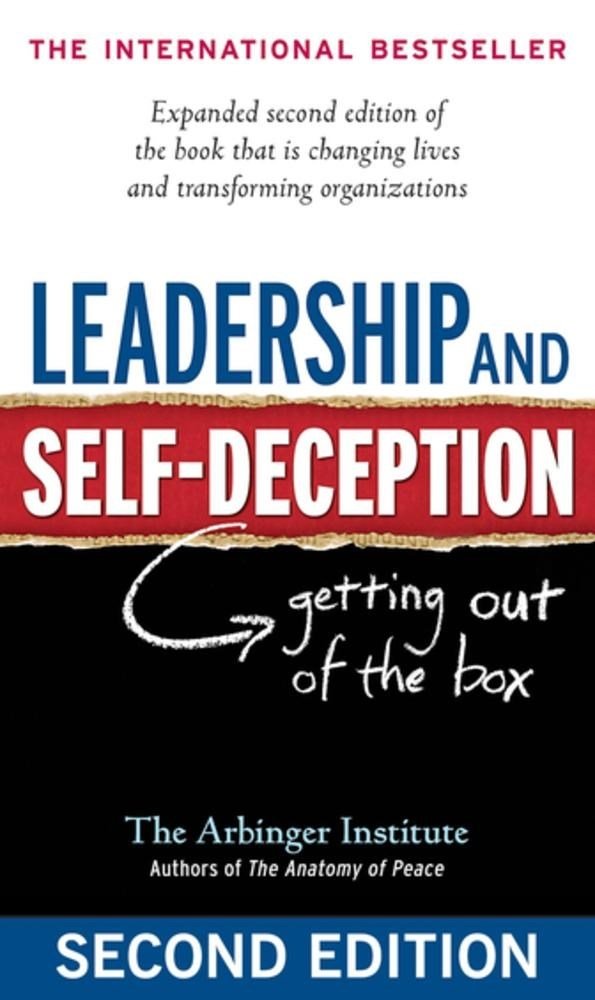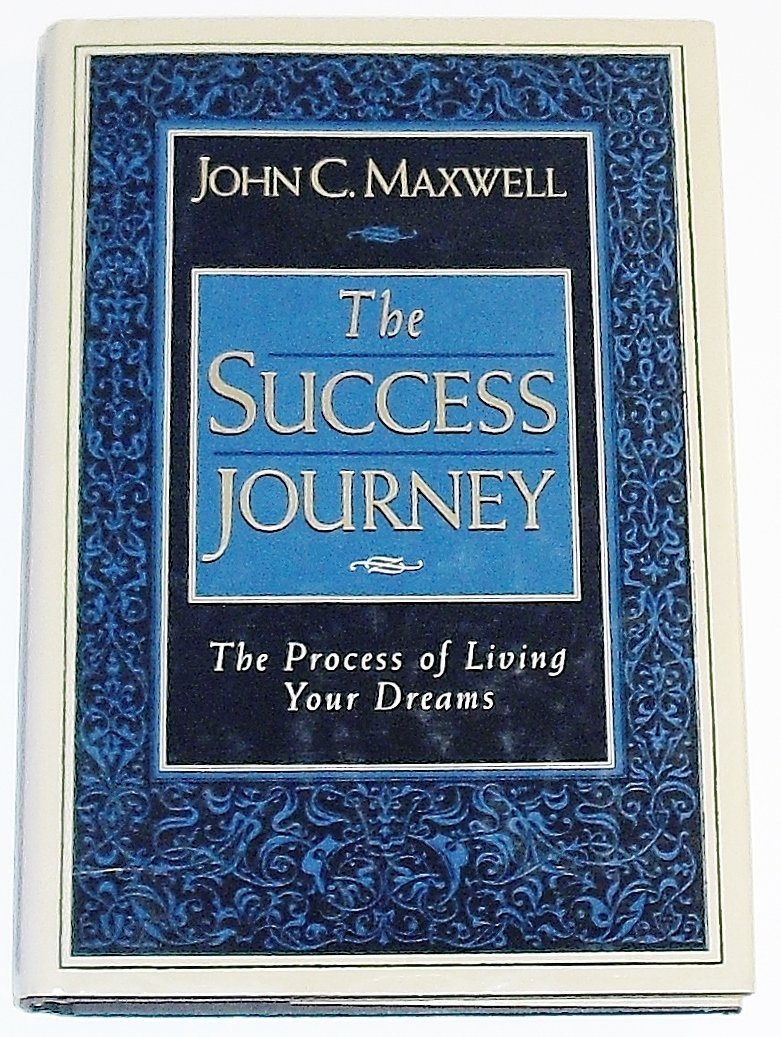How the best leaders bring out brilliance instead of bottlenecks.
Let me just say this upfront: if you lead people, whether you’ve got two reps under you or run a 500-person company, Multipliers is a book you need to read. I don’t say that lightly. I’ve read more leadership books than I can count, and most of them blur together after a while.
But this one? It’s different. It hits because it talks about something we’ve all seen but rarely know how to explain: why some leaders get more from their teams… and others accidentally choke the life out of theirs without realizing it.
This book is about that gap, and how to get on the right side of it.
The Real Question This Book Asks:
Do you multiply the intelligence of the people around you, or do you shrink it?
That one made me stop in my tracks. Because if I’m being honest, I’ve seen both kinds of leaders. Hell, I’ve been both kinds of leaders.
- Multipliers: Leaders who amplify smarts and performance in others.
- Diminishers: Leaders who make everything about their own genius, even if unintentionally.
Here’s the gut punch: most Diminishers don’t mean to be that way. They think they’re helping, guiding, supporting. But in reality, they’re accidentally sucking the oxygen out of the room and leaving their teams mentally checked out.
That’s why this book matters. It shows you what Multipliers do differently, and how you can shift out of Diminisher habits, fast.
What Really Stood Out to Me:
Wiseman breaks the Multiplier mindset down into 5 disciplines. I’ll walk you through each, and share the parts that slapped me in the face a little (in the best way).
1. The Talent Magnet
Stop hoarding talent. Start unleashing it.
Diminishers act like empire builders, they collect top talent but don’t use them well. They bring in rockstars, then cage them with micro-control, ego, or fear. Result? Stagnation. Frustration. Quiet quitting.
Multipliers do the opposite, they spot what makes people brilliant, label it, and get out of their way. They turn jobs into launchpads. They’re the kind of leader that everyone wants to work for, and it shows, because A-players follow them.
Brian’s takeaway:
Ask yourself this today: are you giving your people roles that match their genius, or are you keeping them small to avoid risk?
I started naming the genius in my team after reading this. It’s wild how many of them didn’t even know what made them special, until someone told them.
2. The Liberator
Demand people’s best, without crushing them.
Multipliers create an environment of intensity, not fear. That’s a key difference. They hold high standards but also give people permission to think, speak, and screw up without being destroyed.
Diminishers? They walk into the room and suddenly no one talks. Why? Because everyone’s scared. Not because the boss is evil, but because they dominate the space and create tension. People freeze. They play small. And ideas die quietly.
Brian’s takeaway:
If your team goes silent every time you talk… you’ve got a problem. Fix it. Start by asking better questions and actually listening to the answers. Drop the need to be the smartest person in the room. Instead, be the one who pulls brilliance out of others.
3. The Challenger
Ditch the “know-it-all” act. Share the stage.
This one smacked me around a little. I’m guilty of jumping in with answers too fast. Multipliers resist that urge. They offer challenging missions, then let their people rise to meet them.
They don’t spoon-feed. They stretch.
Wiseman shares a killer example, Matt McCauley from Gymboree. He had a vision for what the company could hit in share price. But instead of saying “Here’s what I want,” he threw out the challenge and let his team come back with their version of “Mission Impossible.” They exceeded the goal because they owned it.
Stop solving every problem. Start framing the challenge. Let the team do what they’re hired for, to think, figure it out, and own the result.
4. The Debate Maker
Make decisions with your team, not around them.
This one’s big. Multipliers create a culture of debate. Not chaos. Not endless meetings. But real discussion with input from different voices, even the quiet ones.
Diminishers, meanwhile, pretend to consult, then make the decision themselves. Or worse, they make decisions in silos and expect people to fall in line.
The result? Zero buy-in. Confusion. And that sneaky resentment that eventually turns into disengagement.
Next time you’re making a big decision, ask yourself: “Who’s not in the room that should be?” And don’t dominate the conversation. Ask the tough questions, then shut up.
5. The Investor
Build people who don’t need you.
The best leaders I’ve seen don’t micromanage. They coach, equip, and release. They share the vision, check in strategically, then let their people run.
Micromanagers (Diminishers) never fully hand over the reins. They jump in, course-correct constantly, and unknowingly build teams that can’t function without them.
That’s not leadership. That’s insecurity.
Train your people so well they don’t need you in the room. Then get out of the damn room. That’s how you scale. That’s how you build trust. That’s how you stop being the bottleneck.
The Accidental Diminisher Trap
This part hit home hard.
You don’t have to be a jerk to be a Diminisher. Most people aren’t even aware they’re doing it.
Some common accidental Diminisher types:
- The Idea Guy who overwhelms everyone with “inspiration.”
- The Rescuer who jumps in too fast.
- The Pacesetter who moves so quickly the team gives up trying to keep up.
Reading through that list, I saw myself more than once. And I realized, the fix isn’t big, dramatic changes. It’s awareness, small shifts, and being honest with yourself.
Why This Book Matters, Especially Now
Look, the game’s changed. People aren’t just looking for paychecks, they want to feel useful, seen, and smart. The leaders who get this will build teams that run through walls for them.
The ones who don’t? They’ll keep wondering why no one’s engaged, why no one takes initiative, why turnover keeps spiking.
I read Multipliers and it challenged how I see leadership. It made me pause before jumping into every meeting with “the answer.” It made me start asking better questions. And yeah, it made me back off, just enough to let the talent I hired actually breathe.
If you lead, coach, mentor, or even influence people, this book isn’t optional. It’s the playbook for anyone who wants to get more from their team without draining themselves dry.
Bottom line:
Multipliers doesn’t tell you how to be a genius. It teaches you how to unlock the genius in others, and that’s the real job of a great leader.
Read it. Sit with it. Then watch your team rise.

“We don’t build a business. We build ourselves.”
Brian Delaney Click To Tweet
Lorem ipsum dolor sit amet, consectetur adipiscing elit. Ut elit tellus, luctus nec ullamcorper mattis, pulvinar dapibus leo.









